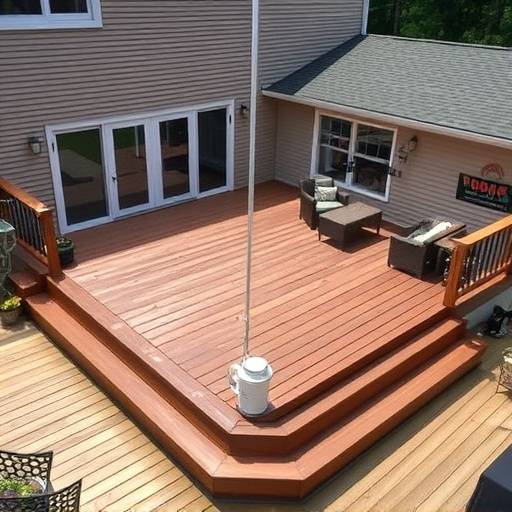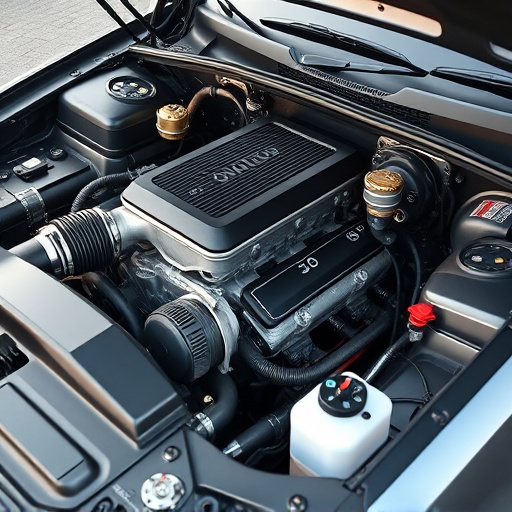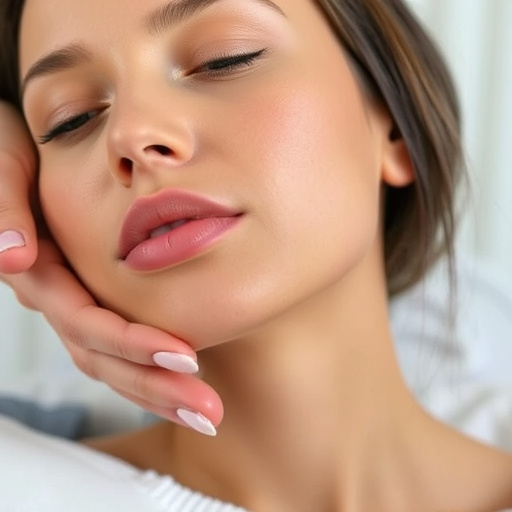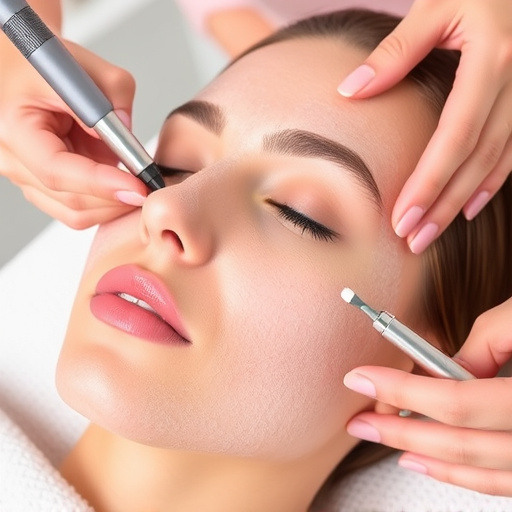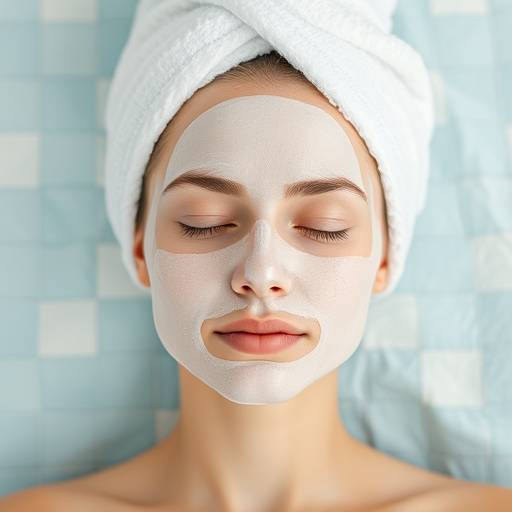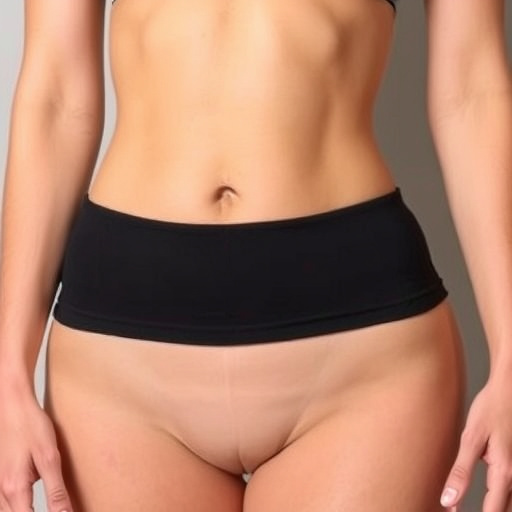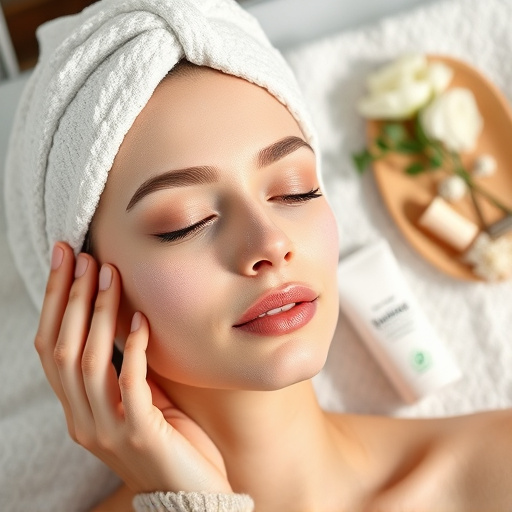Environmental factors, particularly humidity and temperature, significantly impact the effectiveness of oil control facial treatments. Higher humidity activates more skin oils, while extreme cold can cause dryness. Skincare professionals must consider these conditions to optimize treatment outcomes, choosing products and strategies suitable for each client's unique response to weather.
Weather plays a surprising role in the effectiveness of oil control facial treatments. From humidity’s impact on product absorption to temperature’s effect on skin’s natural defenses, environmental factors can either enhance or undermine your skincare routine. Extreme weather conditions can further complicate matters, affecting treatment outcomes and requiring adjustments to maintain optimal skin health. Discover how understanding these connections can help you optimize your oil control facial regimen for year-round success.
- Humidity's Impact on Oil Control Efficacy
- Temperature and Skin's Natural Defenses
- Extreme Weather's Effect on Treatment Outcomes
Humidity's Impact on Oil Control Efficacy
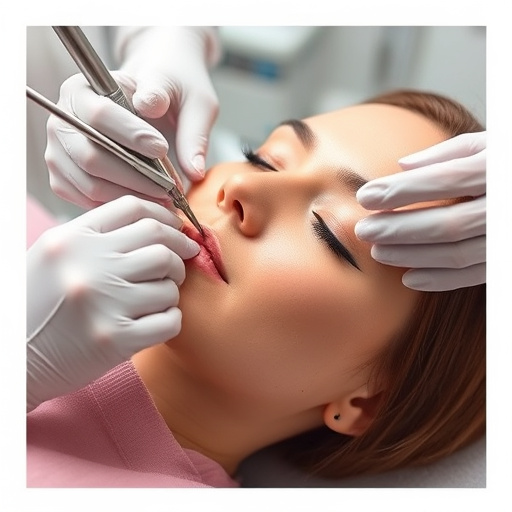
Humidity plays a significant role in the effectiveness of oil control facial treatments. In high humidity environments, the skin’s natural oils tend to be more active and prominent. This increased oil production can negate the benefits of even the best oil control facial treatments, making it challenging for personalized skincare routines to maintain a balance. The moisture in the air can also affect the texture and absorption properties of products used during these non-surgical treatments.
Consequently, the success of facial treatments aimed at managing excess oil depends heavily on environmental conditions. Skincare professionals must consider humidity levels when advising clients on post-treatment care, including adjusting product recommendations to suit different climates. Understanding this interplay between weather and skin behavior is crucial for achieving optimal results in oil control facial treatments.
Temperature and Skin's Natural Defenses
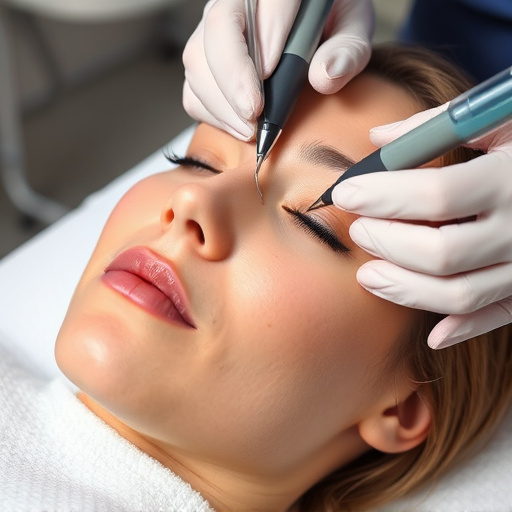
The skin’s natural defenses play a crucial role in how it responds to weather conditions, particularly when it comes to oil control facial treatments. Temperature acts as a significant factor in this equation. In warmer climates or during seasonal heatwaves, the skin tends to produce more sebum, the oily substance that keeps our skin hydrated but can also lead to breakouts and excess shine. This increase in sebum production is a natural response to higher temperatures, aiming to protect the skin from drying out. As a result, individuals undergoing oil control facial treatments should be mindful of this effect, especially when scheduling their appointments during hot periods.
On the other hand, cooler temperatures can have an opposing impact on skin health. While they might initially make the skin feel tighter and cleaner after a treatment, such as a hydrating facial or customized facial tailored to individual needs, prolonged exposure to cold can strip away natural oils, leading to dryness. This is particularly important for those with oily skin types who rely on oil control facials to manage their skin’s natural balance. Understanding these temperature-skin interactions can help clients and professionals alike optimize the outcomes of various facial treatments.
Extreme Weather's Effect on Treatment Outcomes
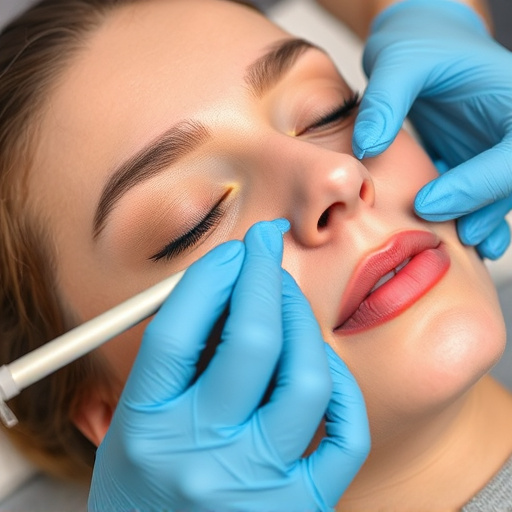
Extreme weather conditions can significantly impact the results of oil control facial treatments. High humidity levels, for instance, tend to exacerbate oil production, making it harder for treatments aimed at pore refinement and oil control to be effective. The extra moisture in the air contributes to a greasier complexion, undermining the desired effects of procedures like chemical peels designed to balance skin oils.
Conversely, cold weather can lead to dry skin, which may require adjustments in treatment strategies. Acne treatments that rely on maintaining skin hydration might need to be modified for colder climates. Additionally, wind and cold can cause skin irritation, making it crucial for estheticians to consider these environmental factors when planning oil control facial procedures to ensure optimal outcomes.
In conclusion, weather plays a significant role in the effectiveness of oil control facial treatments. Humidity can impact the skin’s ability to absorb products, while temperature affects the skin’s natural defense mechanisms. Extreme weather conditions can even alter treatment outcomes. Understanding these environmental factors is crucial for professionals and individuals seeking optimal results from oil control facial procedures. By considering these influences, one can tailor their approach to ensure the best possible outcome in any climate.

